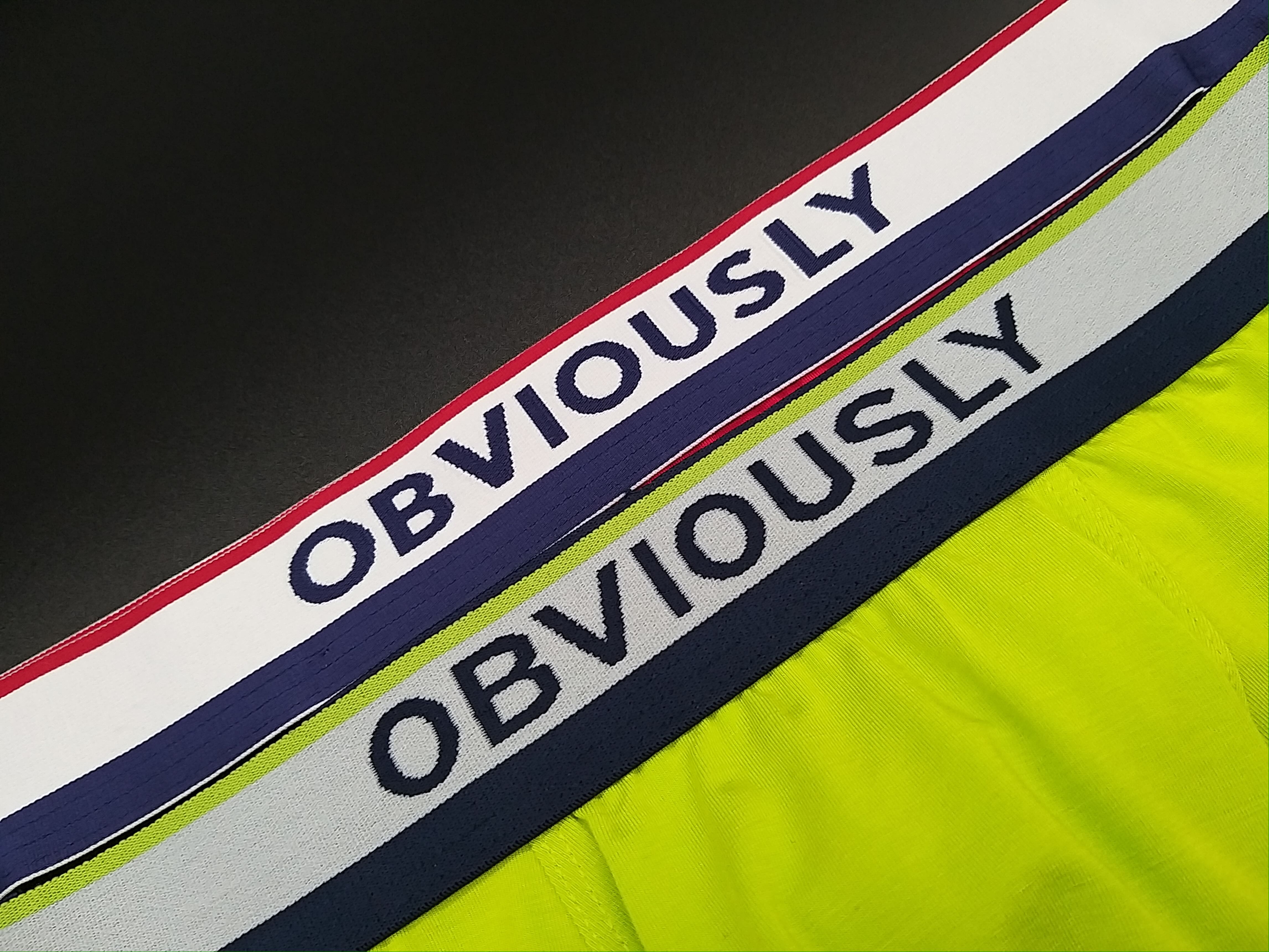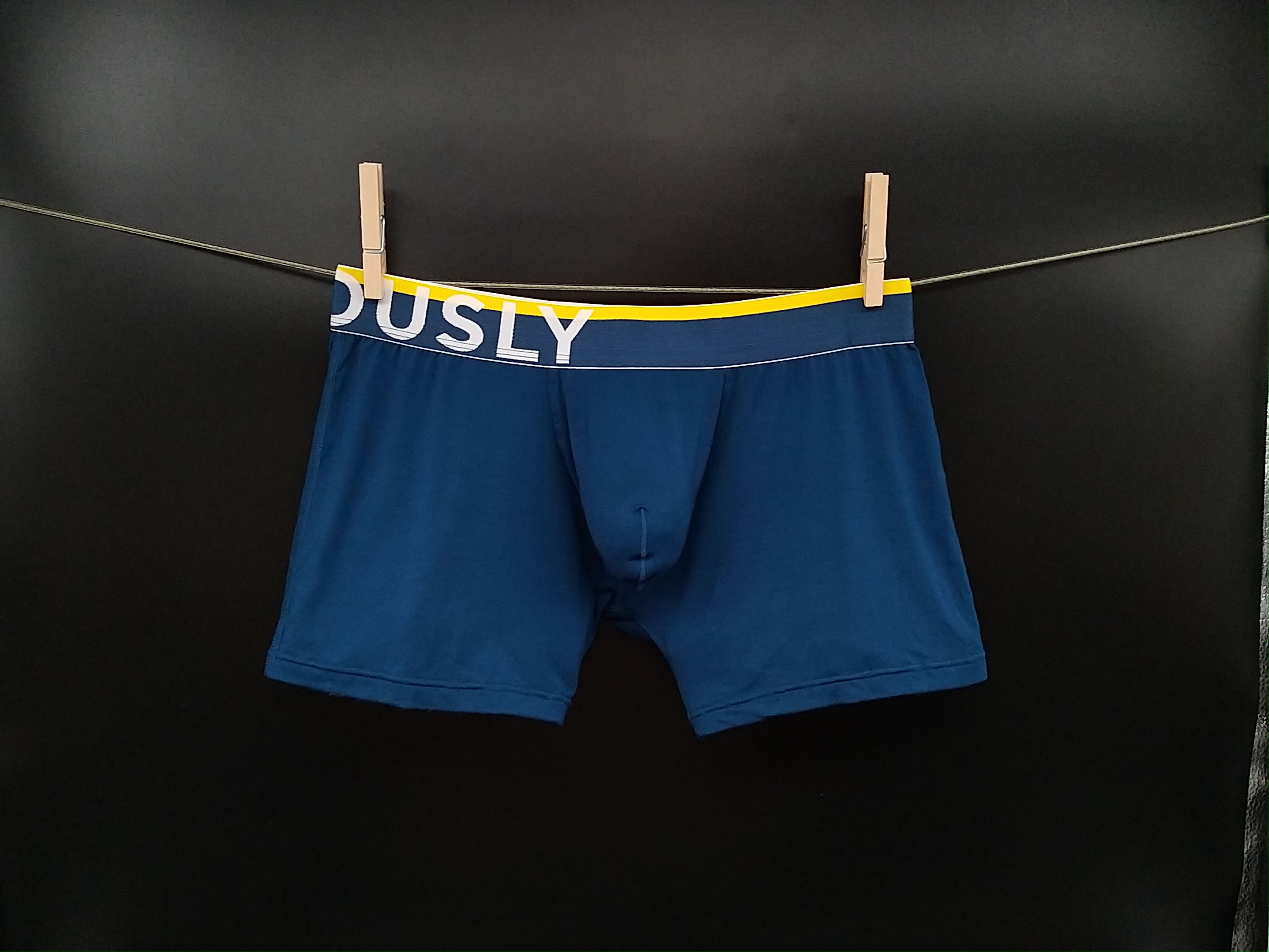
Fabric Pilling: What Is Fabric Pilling and How To Prevent It
Imagine stepping out in a perfectly put-together outfit, only to realize later that your clothing is covered in unsightly fuzz balls. Fabric pilling can be a frustrating and disheartening experience, but it doesn't have to be a recurring nightmare. In this enlightening article, we will delve into the world of fabric pilling, unraveling its causes and exploring proven methods to prevent it. Whether you're a fashion enthusiast or simply someone who values the longevity of their clothing, this guide will empower you to maintain a flawless wardrobe that stands the test of time.
What Is Fabric Pilling?
Fabric pilling refers to the formation of small, unwanted balls or clusters of fibers on the surface of fabrics and textiles. Typically, friction or abrasion from routine wear and use results in these balls, also known as pills. Pilling can occur on various types of fabrics, including clothing, upholstery, and bedding. It is a common issue that affects the appearance and texture of the fabric, making it look worn-out and less appealing.
Pilling is more likely to occur on fabrics made from natural fibers, such as cotton, wool, and silk, as well as on blends that contain these fibers. The friction between the fabric and other surfaces, such as clothing rubbing against furniture or repeated washing and drying, causes the fibers to loosen and form pills.
While fabric pilling is a natural process that can happen to any garment over time, it can be particularly frustrating when it affects our favorite clothing items. Understanding the causes of fabric pilling and implementing preventive measures can help minimize its occurrence and preserve the quality and appearance of our fabrics for longer.
What Types Of Fabrics Are More Prone To Pilling?
Natural Fibers
Fabrics made from natural fibers, such as cotton, wool, and silk, are more susceptible to pilling. These fibers have shorter staple lengths, which means they have loose ends that are more likely to break and form pills.
Blends with Natural Fibers
Fabrics that are blends of natural fibers, such as cotton-polyester or wool-acrylic blends, are also prone to pilling. The presence of natural fibers in the blend increases the likelihood of pilling.
Loosely Woven Fabrics
Fabrics with a looser weave or knit structure are more prone to pilling. The gaps between the fibers allow them to rub against each other more easily, leading to pilling.
Low-Quality Fabrics
Fabrics of lower quality or those with shorter fibers are more likely to pill. These fabrics may not have undergone proper processing or have been made from inferior fibers, making them more prone to pilling.
Brushed or Fuzzy Fabrics
Fabrics that have been brushed or have a fuzzy texture, such as flannel or fleece, are more prone to pilling. The raised fibers on the surface of these fabrics are more likely to break and form pills.
It's important to note that while these fabrics are more prone to pilling, it doesn't mean that all garments made from these fabrics will pill. The likelihood of pilling can also depend on factors such as the fabric's quality, construction, and how it is cared for.
How To Prevent Fabric Pilling
- Choose High-Quality Fabrics: Opt for fabrics that are known for their durability and resistance to pilling. Look for fabrics with longer staple lengths, such as long-staple cotton or high-quality wool. Investing in higher-quality fabrics can significantly reduce the chances of pilling.
- Follow Proper Washing Instructions: Always follow the care instructions provided by the manufacturer for each garment. Use the recommended water temperature, gentle cycle, and mild detergent. Avoid harsh chemicals or bleach that can weaken the fabric and increase the likelihood of pilling.
- Turn Garments Inside Out: Before washing, turn your garments inside out. This helps to minimize friction between the fabric and other items in the wash, reducing the chances of pilling.
- Separate Garments: Separate garments based on fabric type and color to prevent friction and abrasion during the washing process. Washing similar fabrics together can minimize the risk of pilling.
- Avoid Overloading the Washing Machine: Overloading the washing machine can cause excessive friction between garments, leading to pilling. Ensure there is enough space for the garments to move freely during the wash cycle.
- Use a Gentle Cycle: Opt for a gentle or delicate cycle when washing your clothes. This reduces the agitation and friction that can contribute to pilling.
- Air Dry or Use Low Heat: Avoid using high heat when drying your clothes, as it can weaken the fibers and increase the likelihood of pilling. Instead, air dry your garments or use a low-heat setting on your dryer.
- Avoid Rough Surfaces: Be mindful of the surfaces your garments come into contact with. Avoid sitting on rough or abrasive surfaces that can cause friction and lead to pilling.
- Store Garments Properly: Store your garments in a cool, dry place where they won't be subjected to excessive rubbing or friction. Avoid overcrowding in closets or drawers, as this can cause unnecessary friction between garments.
- Consider Pilling Prevention Products: There are products available, such as fabric shavers or lint rollers, that can help remove pills from garments. Regularly using these tools can help maintain the appearance of your fabrics and prevent further pilling.
By following these steps, you can significantly reduce the occurrence of fabric pilling and prolong the lifespan of your clothing.

Can Over-wearing Clothing Cause Fiber Pilling?
Yes, over-wearing clothing can contribute to fiber pilling. When garments are worn repeatedly, the constant friction and rubbing against different surfaces can cause the individual fibers to loosen and break. As a result, these loose fibers can form knots or tangles, which eventually lead to the formation of pills on the fabric's surface. The likelihood of over-wearing leading to pilling can be influenced by various factors, including the type of fabric, its quality, and the intensity of the friction. Fabrics with shorter staple lengths, such as natural fibers like cotton or wool, are more prone to pilling. Additionally, lower-quality fabrics or those with loosely woven structures are also more susceptible to pilling.
Can Fabric Pilling Occur On Both Natural and Synthetic Fabrics?
Yes, fabric pilling can occur on both natural and synthetic fabrics. While natural fibers like cotton, wool, and silk are more prone to pilling due to their shorter staple lengths and loose ends, synthetic fabrics such as polyester, nylon, and acrylic are not immune to pilling either. Synthetic fibers can also experience friction and abrasion, causing the fibers to break and form pills. The likelihood of pilling can vary depending on the quality of the fabric, the construction of the garment, and the amount of friction the fabric is subjected to during use. It's important to note that while pilling is a natural occurrence, proper care and maintenance can help minimize its appearance and prolong the lifespan of both natural and synthetic fabrics.
Does Fabric Pilling Occur More Frequently In High Friction Areas?
Yes, fabric pilling tends to occur more frequently in high friction areas. Areas of clothing that experience constant rubbing or friction against other surfaces, such as underarms, cuffs, collars, and seat areas, are more prone to pilling. The repeated friction causes the fibers to loosen and break, leading to the formation of pills. Additionally, fabrics with a smoother texture, such as those with a satin or silk finish, are more likely to experience pilling in high friction areas due to the reduced resistance against rubbing. It's important to pay attention to these high friction areas and take preventive measures, such as using fabric softeners or applying protective patches, to minimize pilling and maintain the quality of the fabric.
Conclusion
In conclusion, fabric pilling is a common issue that can affect the appearance and longevity of our clothing. Understanding what fabric pilling is, its causes, and the types of fabrics that are more prone to pilling is essential for fashion enthusiasts who seek to maintain the quality of their wardrobe. By following preventive measures such as choosing high-quality fabrics, properly caring for garments, and avoiding excessive friction, we can significantly reduce the occurrence of fabric pilling. Additionally, being mindful of high friction areas and taking steps to minimize rubbing can help preserve the fabric's integrity. With these insights and proactive measures, we can enjoy our favorite clothing pieces for longer, ensuring that our wardrobe remains stylish and in pristine condition.
Final Thoughts
Discover a new standard of comfort with Obviously Apparel. We take pride in delivering excellence in every aspect of our underwear collection. With the use of premium bamboo and micro modal fabrics and a focus on intricate design elements, our underwear guarantees unrivaled comfort and support. Whether you're engaged in intense workouts or simply going about your day, Obviously Apparel's men's underwear is thoughtfully crafted to cater to your requirements. Immerse yourself in a world of unparalleled comfort and embrace a lifetime of luxurious ease with Obviously Apparel.
Sources
- https://eu.daleofnorway.com/explore-dale/how-to-care-for-your-wool/pilling
- https://www.britannica.com/topic/natural-fiber
- https://www.justineleconte.com/blogs/news/poor-vs-good-quality-in-clothes
- https://sewingiscool.com/fuzzy-fabric-types-names/
- https://brightside.me/articles/why-we-shouldnt-wear-the-same-clothes-for-2-days-in-a-row-804901




